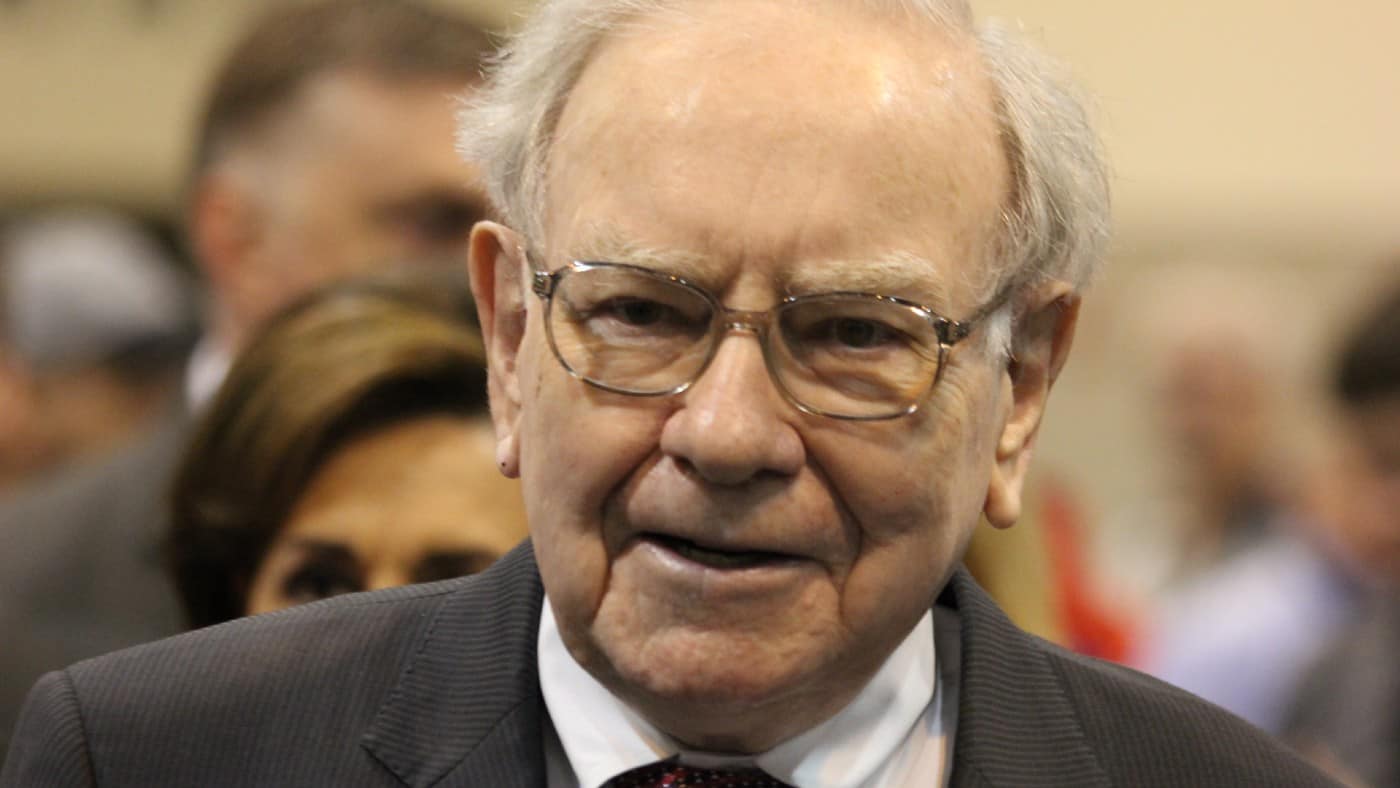Legendary investor Warren Buffett is back in the headlines. The Oracle of Omaha recently announced Berkshire Hathaway‘s $11.6bn acquisition of insurance group Alleghany – his largest acquisition in six years.
Despite this massive all-cash deal, Berkshire still has around $76bn of spare capital sitting on its books. And while there are multiple factors at play, the bulk of this liquidity can be attributed to simply making smart investment decisions. So, let’s take a closer look at the four simple strategies Warren Buffett used to amass such a fortune using the stock market.
Buy and hold wonderful businesses
In the short term, the stock market is a chaotic place. And watching the seemingly random daily price movements of a volatile investment can have a pretty negative psychological impact. Instead, Warren Buffett focuses on the underlying business rather than the stock.
Let’s not forget that when I buy shares, I’ve just purchased an equity stake in a company. That entitles me to a slice of the profits. And when these start to climb, the value of my slice increases, hopefully resulting in a higher share price. Of course, the opposite can also be true. If the firm’s earnings start falling, the value of my ownership stake goes down, leading to a lower share price.
The lesson here is pretty clear, only buy shares in businesses capable of generating more profit in the future and hold them for the long term. That’s obviously easier said than done. But Warren Buffett has seemingly managed to do it with most of his investments. And consequently, he’s now one of the richest men in the world.
How Warren Buffett picks businesses
Determining which companies will be industry leaders in the future ultimately boils down to an educated guess. But my odds of being right drastically increase when eliminating businesses that don’t have some key traits.
To start eliminating businesses from list of potential investments, the first step that Warren Buffett takes is to fully understand it. I too need to know what the company does, how it makes and spends its money, who are the managers running the show, and its long-term strategy.
Answering these questions takes time, but most of these details can be found within an annual report. And once I have an understanding of how the wheels are turning under the surface, spotting weaknesses becomes that much easier.
Building a risk profile is essential. After all, it’s entirely possible to have a highly profitable, cash-generative business whose revenue is entirely dependent on just a handful of customers. What happens if one of those customers decides to switch to a competitor? In this scenario, those profits will suddenly start shrinking, leading to a potentially sharp drop in the share price.
Dividing the weak from the strong
One of the most common threats to a company’s financial health is the burden of debt. Used correctly, loans can be a powerful financial tool to fuel growth and create new opportunities. But if a company’s obligations become too massive, it can start causing serious damage.
Why? Because eventually, these loans need to be repaid with interest. And suppose the cash flows generated from operations aren’t enough to cover the interest payments? In that case, management will have to start using up cash on the balance sheet to meet its obligations.
But what happens if this cash runs out? A common solution is to borrow more money to pay off existing loans. Assuming the drop in operational cash flows is temporary, this can be a viable short-term fix. However, suppose the money doesn’t start rolling in again as expected? In this case, it can lead to a snowball effect that can lead once-prominent businesses towards bankruptcy.
That’s why Warren Buffett only invests in businesses with substantial cash flows and low levels of debt.
Finding long-term winners
Analysing financial statements is a crucial piece of the stock-picking puzzle. However, looking at numbers today can only tell me so much about what they will look like in the future. In fact, relying on historical performance to continue in the future is a pretty bad strategy.
Why? Two reasons. Firstly, it doesn’t capture any potential additional income from the launch of new products or services. And secondly, it ignores a pretty major threat all companies have to deal with – rising competition.
That’s why, when picking stocks, Warren Buffett specifically looks for what advantages a business has over its rivals. Is there a regulatory barrier to entry? Does the company’s brand provide pricing power? Does it have more efficient operations that are hard to copy?
These factors all combine into something called a moat. Businesses with a wide moat can continuously stay ahead of their rivals, increasing the odds of becoming industry leaders. And as I’ve already said, when the profits start climbing, the share price eventually follows.
Final thoughts on Warren Buffett’s investing approach
Investing in the stock market is fraught with risk. Even if I follow these Warren Buffett principles, there is still the possibility of making a wrong investment decision due to external factors that are generally unpredictable. The pandemic is an excellent demonstration of this fact, with plenty of once-industry-leading travel and leisure companies brought to their knees.
Despite this reality, the stock market remains one of today’s most powerful wealth generating tools. There will inevitably be another stock market crash at some point in the future. But by investing in high-quality, low-debt, cash-flow-generating businesses, these losses can eventually be recovered over the long term
Warren Buffett has endured eight major market crashes throughout his investing journey. Yet despite these stumbles, he’s now a billionaire many times over. So clearly, he must be doing something right. That’s why I’m personally following his core principles when picking stocks for my portfolio.






